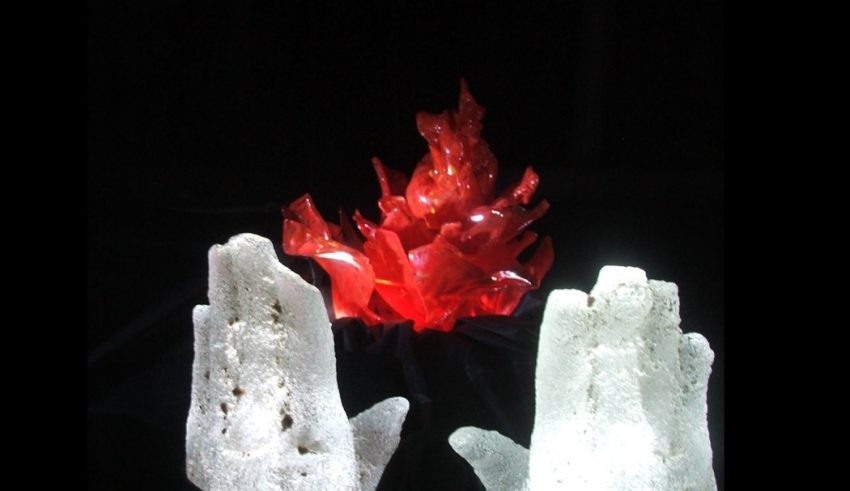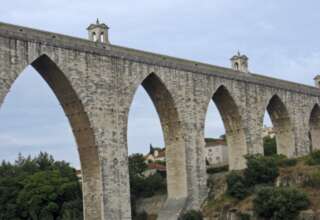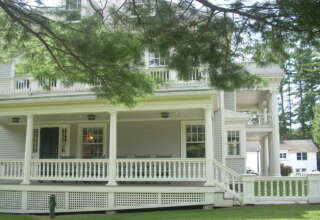
At an even more basic level, I will stir up the organizational fire by engaging a process called morphological analysis (morphology referring to the nature of forms). This process requires that the major parameters of a proposed project first be identified (such as number of people involved, duration of the project, location of project, type and breadth of people being served, and budget for project). We then identify the extremes for each parameter (such as the project being run by one person or by everyone in the organization, or the budget being zero dollars or $500,000). A matrix is created, with multiple (usually 6) options for each parameter being identified (such as project being run by 1 person, 5 persons, 20 persons, 100 persons, 200 people, or all members of the organization). Those participating in this morphological analysis—who come with diverse perspectives and diverse experiences—now play a morphological “game.”
Project designers roll one dice for each parameter (yielding one or six numbers) and then are given the challenging assignment of designing the project making use of the identified options associated with each number rolled on the dice (for example the project will be conducted by 20 people, over a two-year period of time, serving only very poor people, operating with a budget of $50,000). The dice is rolled again, and a new design is created (the project is being conducted by everyone in the organization, for two days, serving only young people, operating with a budget of $100,000). This process of morphological analysis can be reenacted multiple times, with new ideas emerging from each throw of the dice. The logs have been stirred about and new intersecting ideas are igniting one another. We don’t know what the outcomes will be—but they are unlikely to be mundane. Ralph Stacey (1996, p. 55) adds a touch of formality to this fire stirring process: “. . . novel rules of interaction will generate novel kinds of possibility that have never existed before and that are not yet embodied in some know purpose or future state.”
Providing the Back Log
I often place a large log at the back of the grate before striking the match. This log will only slowly fire up—but it can be an excellent backstop against which the smaller burning logs can reflect heat. Furthermore, this large log will slowly burn and provide heat and glow over the course of several fires I will build. In many societies, the big log is requisite and even takes of a mythic or ritualistic quality. The Yule Log, for instance, is found in many Christian communities and is burnt during the Christmas season. There is something about a log that burns for a long period of time and offers “support” to other logs that bespeaks spiritual themes of longevity and care.








